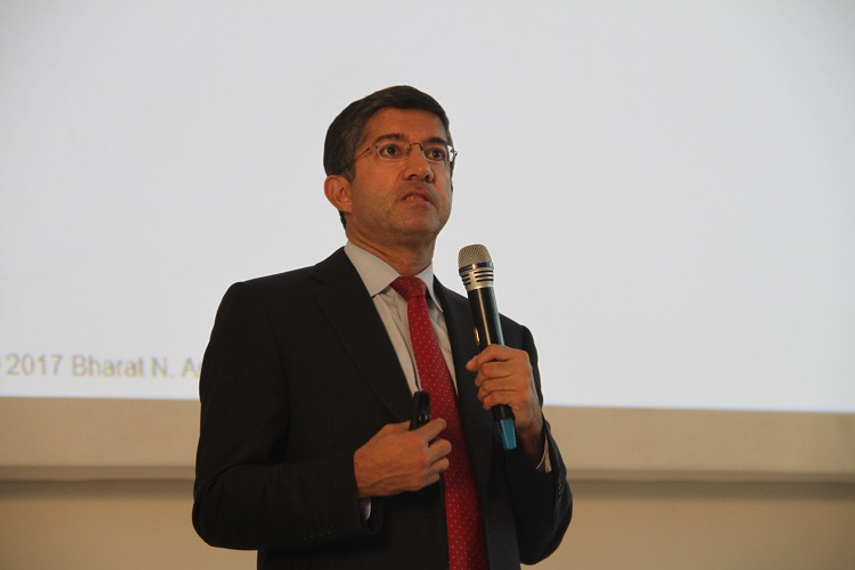
Please sign in or register
Existing users sign in here
Having trouble signing in?
Contact Customer Support at
[email protected]
or call+91 22 69489600
How Harvard Business School eased the tension between reach and engagement and what can media learn from it.

Contact Customer Support at
[email protected]
or call+91 22 69489600
Top news, insights and analysis every weekday
Sign up for Campaign Bulletins
Shorter attention spans have transformed the way content is being consumed and the brands are paying attention.
Sobhani is currently president and global chief creative officer at DDB Worldwide.
Move comes after Omnicom acquired IPG last week.
His career spans over two decades, and he most recently served as executive director and India head-creative at McCann Worldgroup.